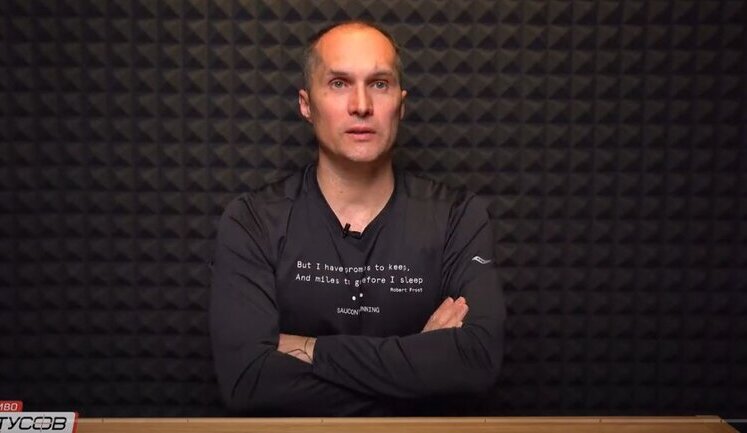The Ukrainian counteroffensive in the south remains a focal point in the ongoing conflict. Despite initial plans by Valerii Zaluzhnyi to focus on Melitopol, Oleksandr Syrskyi's insistence on regaining Bakhmut reshaped strategies significantly. Recent developments indicate successful advances in Zaporizhzhia and Kherson, with significant enemy losses reported. The introduction of ATACMS missiles from the United States has accelerated operations, highlighting the dynamic nature of military tactics. Both Ukrainian and Russian forces are impeded by extensive mining and fortified positions, illustrating the complex battlefield environment. Informational silence is key to ongoing operations as strategies evolve based on past counteroffensive experiences. As the southern advancement progresses, Ukrainian forces are determined to achieve their strategic goals against resilient defenses.
How has the counteroffensive in the south evolved since 2023?
The counteroffensive in the south has seen significant adaptations since 2023. Initial plans to focus on Melitopol shifted partially towards Bakhmut due to strategic decisions by Oleksandr Syrskyi. Advancements in the Zaporizhzhia and Kherson regions, assisted by the introduction of ATACMS missiles, underline ongoing tactical evolution. Informational silence is frequently advocated to protect operational details.
What role do ATACMS missiles play in the southern counteroffensive?
ATACMS missiles, supplied by the United States, have significantly enhanced the Ukrainian counteroffensive capabilities in the south. These missiles allow for precise, long-range strikes against key enemy positions, accelerating operational momentum and disrupting Russian defense capabilities, contributing to recent advances within contested regions.
What challenges do Ukrainian forces face in the counteroffensive south?
The Ukrainian forces face several challenges in the southern counteroffensive, including dense mining by Russian forces and heavily fortified positions. Both sides have robust air defenses, creating a stalemate scenario. Informational silence is maintained to control the release of sensitive operational details that might benefit adversaries.
How are military strategies influenced by prior counteroffensives?
Military strategies in the southern counteroffensive are heavily influenced by analyses of past operations. Adjustments are made based on lessons learned, emphasizing resilience against fortified positions and dynamic adaptation to enemy tactics. These insights inform long-term strategic goals while tailoring tactical responses to evolving battlefield conditions.
What are the implications of secret meetings between Ukraine and NATO?
Secret meetings between Ukraine and NATO, such as the one on the Polish border involving Valerii Zaluzhnyi, suggest deep strategic coordination and information exchange. These interactions could lead to adjustments in military strategies, enhance tactical support, and foster alignment on defense objectives, increasing the efficacy of the Ukrainian counteroffensive efforts.

































































